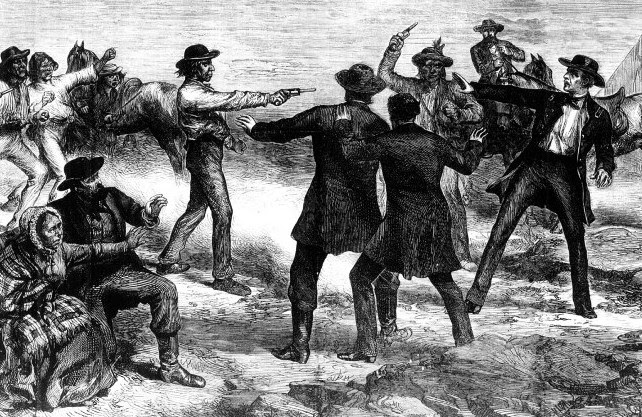Colonel Bill
Darby, the creator and driving spirit of “Darby’s Rangers,” a founding father of
today’s Special Forces and Army’s 75th Ranger Regiment, was one of
the truly legendary small unit combat commanders to emerge from World War II.
When the war began he was an obscure captain of artillery and a general’s aide,
or ‘dog-catcher’. By its end he was a full Colonel and Assistant Division
commander of the famous 10th Mountain Division.
Darby was born on
February 8, 1911 at Fort Smith , Arkansas , and graduated in the middle of his West Point class (177/346) in June 1933. He was
commissioned a 2nd Lieutenant in the Field Artillery and served in a
succession of field, staff and school assignments typical for a young officer
during the interwar years.
While acting as an
escort officer in Europe , he attracted the
attention of Col. Lucian K. Truscott, Jr., who was forming an American
commando-type unit and looking for the right man to command it. Truscott
interviewed the young artillery officer and was impressed with Darby’s
credentials, especially his amphibious training. Darby was selected and immediately
promoted and jumped in grade once again to Lt. Colonel. It was a breathtaking
ascent in rank, even during wartime for a well-connected officer, but the
job required a relatively senior field grade officer to command the necessary
authority – among friends and skeptics alike.
After serious
training under the direction of veteran British commandos, Darby’s men
spearheaded the North African landings and subsequent invasion of Sicily Salerno Anzio beaches just south of Rome hoping to outflank the German defenses at Cassino
On the night of
30-31 January 1944, everything fell apart at Cisterna, a village just a few
miles inland from bloody Anzio America
More than a year
later, in late March 1945, Darby was detailed to accompany a number of
high-ranking officers to Italy Italy
as part of the US Fifth Army in the war’s closing campaign in Italy
On 22 April Brig.
General Robinson E. Duff, Assistant Division Commander, was seriously wounded
while aggressively leading Task Force Duff “like an anxious sheep dog.” Hays
was under intense pressure from IV Corps (Major General Willis D.
Crittenberger) headquarters to cross the Pô River and immediately requested
that Lt. General Lucian K. Truscott, Jr., now CG, Fifth Army – another lucky stroke
– assign Darby to replace Duff. Even before official approvals from the
necessary War Department officers were secured, on 24 April, Darby took over
Duff’s job, Task Force Darby was born with the mission of taking Verona
By
April 30, Darby had cleared Lake Garda and taken
Torbole. He was moving to his jeep when a single German round, fired from the heights
above Riva in a final gesture of defiance, smashed into the stone wharf which
led to the esplanade just 30 feet from where Darby and his companions were
standing. The explosion sprayed deadly shrapnel and debris all around. Darby fell without
uttering a sound and was carried into the hotel where a few minutes later, he
died. On May 2, 1945, all enemy forces in Italy




























